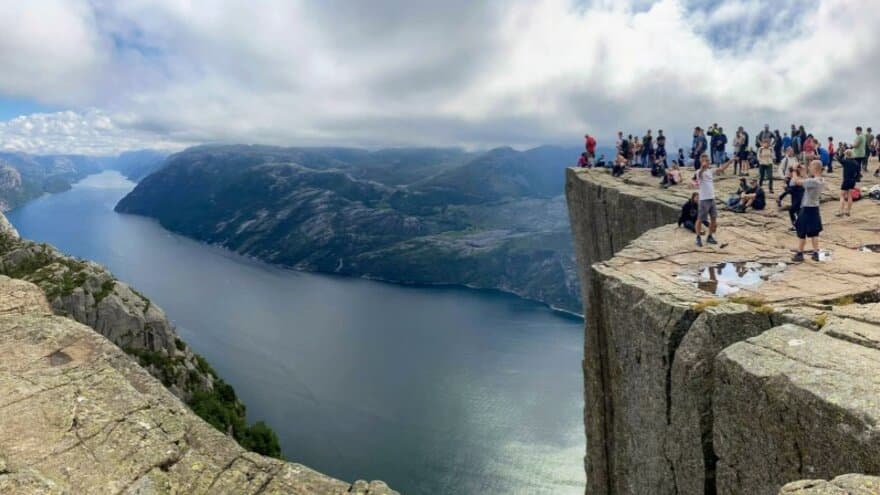VR-Lab in a new project to develop digital and visual solutions that support sustainable spatial planning and management.
Twin Fjord is an interdisciplinary collaborative and knowledge building project that aims to develop a participatory planning support system for sustainable land management by utilizing digital twin technology. The digital twin technology will be used to build up a digital representation of the physical environment. In addition, it will make use of real data about the physical environment as inputs and produces predications or simulations as outputs of how that physical environment will be affected by those inputs.
Fjord and Stranda municipality as case study area. The case area contains a world heritage area, conservation areas and risk zones for rockslides and rockslide-triggered tsunami that pose particular challenges from a land-use planning and area development perspective. The project will provide an integrated decision support approach that enables public administrators, planning practitioners, policy-makers, developers and other planning stakeholders to consider environmental, societal and economic impacts of land-use change from energy, transport and building infrastructure development. The project will generate knowledge on how state of the art impact assessment, visualization and co-creation techniques can support dialogue and decision-making land-use planning processes in Norway making explicit sustainability considerations.
NMBU will have the responsibility for the work package (WP) co-creation process design and will cover the user perspective in the participatory planning support system through facilitating knowledge exchange, dialogue and collaboration utilizing digital twin tools in spatial planning. This WP will produce, test and evaluate an interaction protocol for the integration of visual language and land-use planning tools, handling strategy, change and regulation as the three main functional outcomes of planning. Marius Grønning and Ramzi Hassan from NMBU have joined efforts during the last years to build a competence profile involving digital technology, visualization tools, service design, territorial governance systems, and spatial planning methodology at NMBU that will be utilized through this project.
Norwegian University of Science and technology (NTNU) is leading the project. Among the partners from the public and private sector are: Fjord and Stranda municipality, Stranda Hamnevensen, Stiftelsen Geirangerfjorden Verdsarv, Fjordhagen, Offshore Simulator Center, Ålesund Kunnskapspark, Møre og Romsdal Fylkeskommune and Fylkesmannen i Møre og Romsdal. In addition, the Norwegian Institute for Natural History (NINA) and the Norwegian University of Life Sciences (NMBU) and the University of Bonn are research partners.
